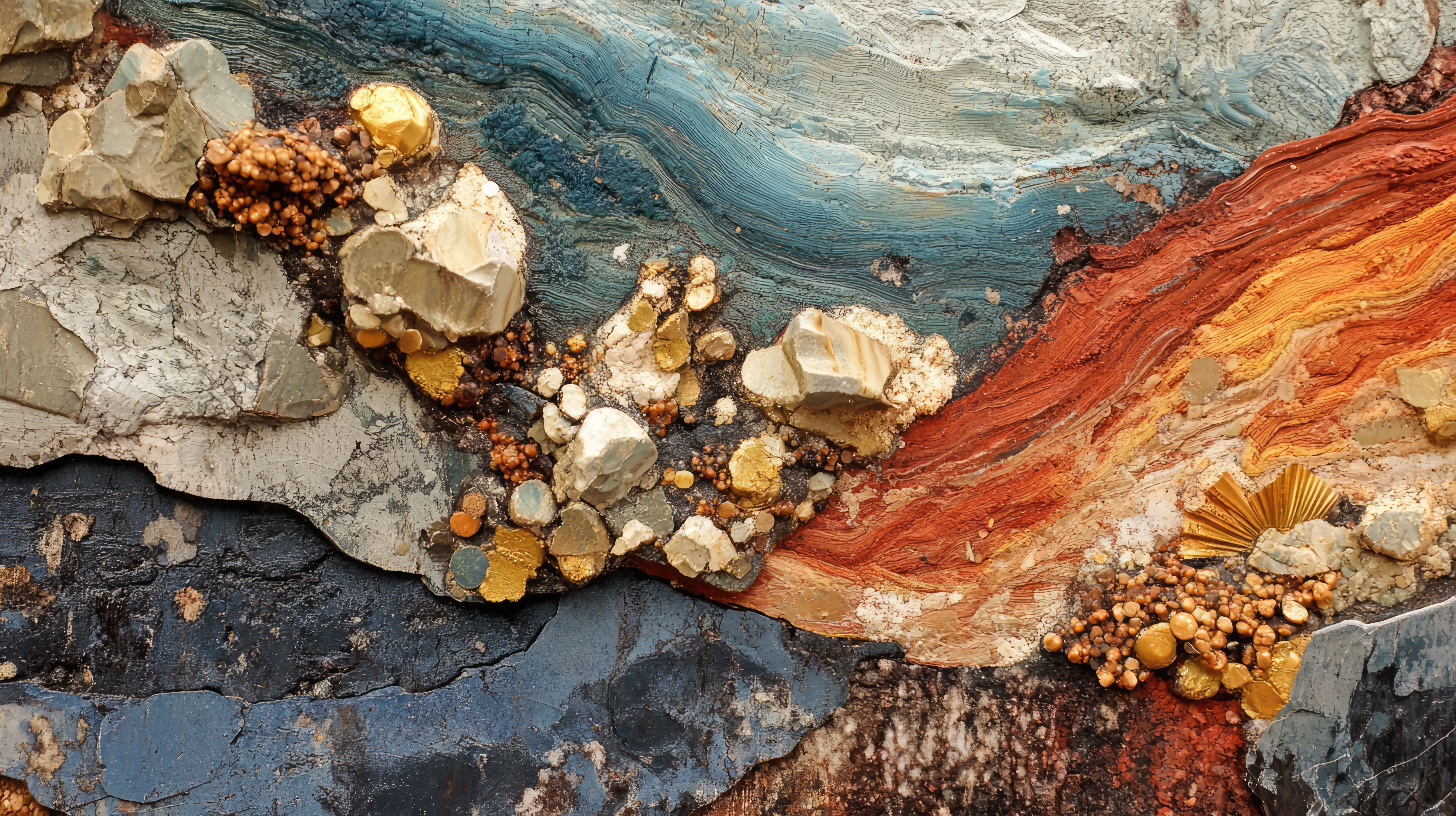Article
Spectroscopy
Spectroscopy
Spectroscopy-01-01-2005Volume20 Issue 1
Sample Introduction for ICP-MS and ICP-OES (PDF)
Author(s):
This article discusses the key components of a typical liquid sample introduction system for inductively coupled plasma spectroscopy, and offers troubleshooting tips for problems commonly encountered by practitioners.
Articles in this issue
Considerations for Primary Vacuum Pumping in Mass Spectrometry Systems (PDF)
A New Approach to Near- and Mid-Infrared Process Analysis (PDF)
Sample Introduction for ICP-MS and ICP-OES (PDF)
Process Spectroscopy Anchors the 31st FACSS Conference (PDF)
Chemometrics in Spectroscopy - Linearity in Calibration: The Importance of Non-Linearity (PDF)
Using Dynamic Reaction Cell ICP-MS to Determine the Full Suite of Elements in Rainwater Samples (PDF)
Newsletter
Get essential updates on the latest spectroscopy technologies, regulatory standards, and best practices—subscribe today to Spectroscopy.





